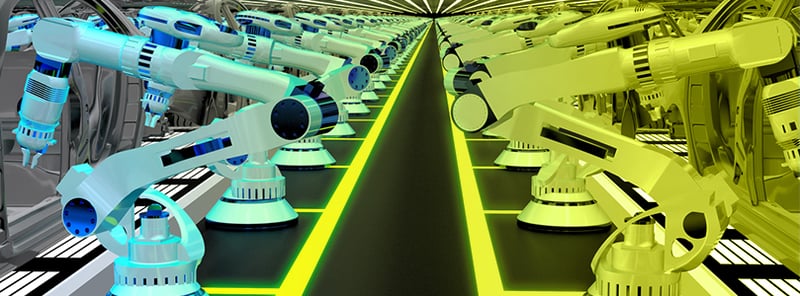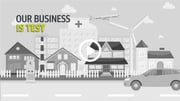
When is the last time you looked at your current test setup and thought about changing things up? They say, if it isn’t broken don’t fix it… but that doesn’t mean one should ignore something that can be improved.
Equipped for Success
Test equipment is not a small investment, so it is only natural to want to make the most of it. It must be considered that working in tech is the equivalent of working in a whirlwind. Regardless of the industry, competition is fast and furious. Products evolve with demand and test equipment must match by being 2 fast and 2 furious. The best investment one can make for optimal test efficiency is to automate as much as possible using standardized generic equipment.
Don’t Hate, Automate!
Automated equipment with automated test sequences pays off across the board. When machines are the ones executing the scope, the margin for error disappears. They work quickly with precision and repeat the same results over and over. Can the same be said for manual labor or manual inspection? Take a medical device like a pacemaker, for example. Any flaw leads to dire consequences. Once the final product is implanted into a patient, that’s that. If that device has a tiny scratch on it, it will only degrade over time…inside a person. If inspection is done manually, the inspector must be fully trained and analyze each component with a microscope. This involves shifting and refocusing the lens, which is a specialized skill and extremely time consuming. By investing in automated vision inspection instead, the same results (without human error) can be achieved in a fraction of the time, with no investment in training or ramp up.
Moreover, by automating test sequences, you can manipulate the test sequences. As a product changes and grows, so can test limits using simple coding. To reset requirements or add new verifications there is no need to go back to the drawing board. Everything is there and ready to adapt.
Extreme Makeover – Test Station Edition
Adapting to product changes is not limited to software. The second key component to highly efficient test is flexibility. A generic test station with a common core is essentially the transformer of test. It is so much more than meets the eye and the ultimate multi-tasker. The key to a generic station is to gather all the expensive, common equipment and gather it into one base. Then by designing fixtures unique to each item type, they can be swapped in and out to accommodate multiple products. Often these cost a little more than a standalone station, but the investment pays off in the (short) long term.
Along with the product flexibility, generic stations also grow or shrink with product demand. If one product is being phased out, all the equipment is there and ready to welcome a new one. By only investing in fixtures instead of full systems, costs drop significantly and ramp up is minimal. Best practice would be to standardize these stations company-wide. By using the same equipment through R&D, manufacturing and repair, traceability is simple, and everyone is speaking the same language. For best practices on how to design a flexible test platform, make sure to watch our webinar.
Smart Data for Smart Test
Consolidating your test data and using it properly will do a lot of the leg work. When data is spread out, it is difficult to see the whole picture. If all test results like yield, CPK analysis, defects pareto, cycle time, utilization, fail & repair, and genealogy are grouped in an easy-to-read format, trends become obvious. Not only do you learn more about your product, but you learn more about your factory. Through machine learning, anomalies become recognized and will point towards the quality of the equipment. It is a major heads up for proactive maintenance. This type of information allows you to avoid expensive recalls and even more expensive shutdowns.
Test with the Best
Lastly, it is difficult to be efficient without experience in test. Working with dedicated test engineers bearing a wide range of capabilities means there are fewer hurdles to overcome. While every project may be unique, there are certainly commonalities that shine through. Instead of wasting time and money trying to figure out what to do, outsource the project to the experts. It is the efficient thing to do. By being more efficient with test processes, it will have a major impact on the success of a product throughout its entire lifecycle.
For a test engineering consultation, please contact Averna.
You may also be interested in…
 Looking to learn more about what we do? Let us introduce ourselves!
Looking to learn more about what we do? Let us introduce ourselves!
Get in touch with our experts or navigate through our resource center.